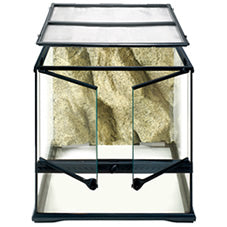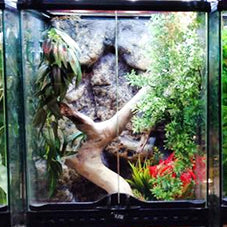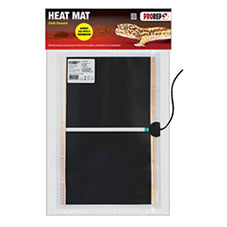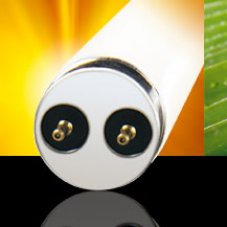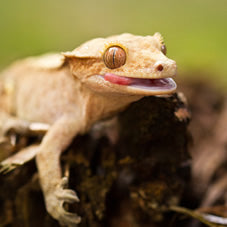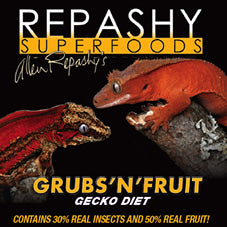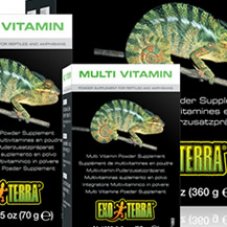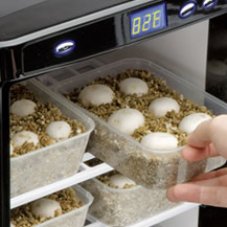Free Delivery
On order over £99*

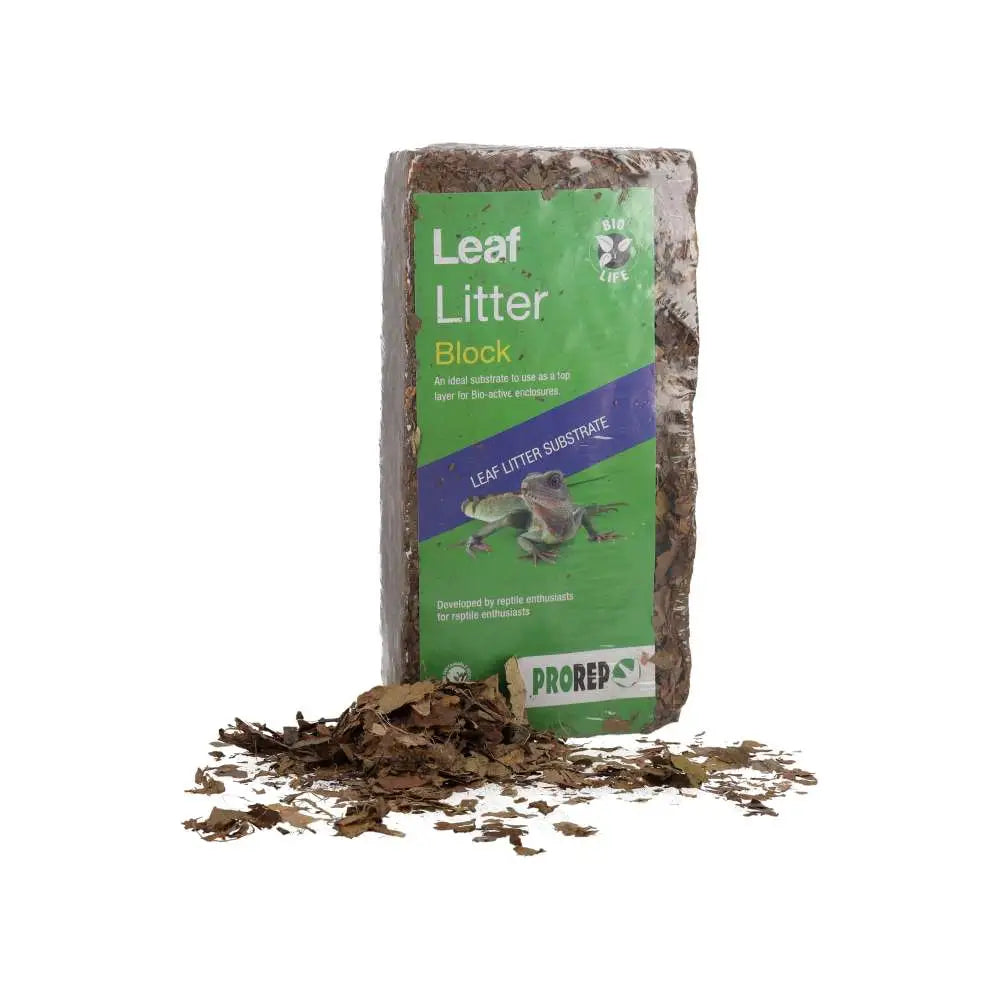

Scientific Name: Rhacodactylus leachianus

Country of Origin: New Caledonia

Potential Adult Size: 35-45cm (14-17 inches)

Average Life Span: 15-20 years

Dietary Requirements: Omnivorous

Other Names: Leach's gecko, Leachie, leachianus gecko
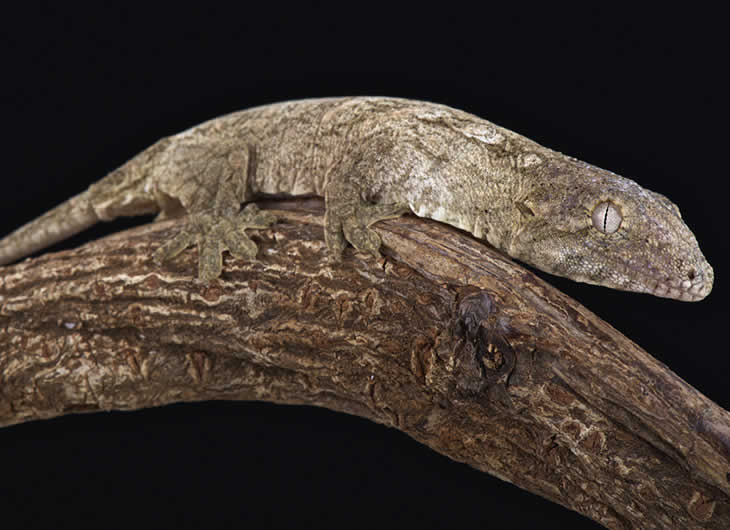
The New Caledonian giant gecko is a large species of gecko from the forests of New Caledonia. They aren't as commonly kept in the UK as other geckos from a similar area but they are a very impressive gecko if you can find them. This gecko is gargantuan when compared to crested or gargoyle geckos and can reach lengths of 17'' or more.
New Caledonian giant geckos are most commonly found in southern and eastern regions of New Caledonia.


New Caledonian giant geckos come from a mild to warm, humid environment so they require some additional heating to thrive in the UK. Unlike other reptiles they only need a basking area of around 75f (24C) and can become stressed if it gets much warmer. To prevent overheating and ensure optimal ventilation we recommend a tall glass enclosure with front and top ventilation.
As the enclosure does not retain much heat we know that as long as the room it is placed in is cool, a temperature gradient will be achieved from one side of the enclosure to the other.
These geckos love to climb and will spend most of their time off of the floor. To aid in this there should be number of hard wood decorations fitted firmly in place to provide multiple routes up and down the enclosure. New Caledonian giant geckos aren't particularly shy but it is best to provide partial cover throughout the enclosure.
New Caledonian giant geckos get a lot of their hydration from dew on leaves and flowers so it is good to ensure that there are plenty of large leaves and plants (real or artificial) to catch water when the enclosure is sprayed.
Naturally, New Caledonian giant geckos spend a long time in the forest canopy under partial light. As such they require a warm basking area of 75f. To achieve this we attach a heat mat to the outside of one of the side panels of glass. This is controlled by a simple on off thermostat with the intention of keeping that side panel of glass at 75f. As the heat mat does not produce light it can be left on both day and night to keep the enclosure warm.
If the room that the gecko is being kept in is extremely cold you may find that the heat mat isn't enough to achieve a 75f warm spot. If this is the case you can use a low wattage basking bulb over the warm end during the day time. Terrariums have a lot of ventilation and little insulation so as long as the enclosure is at least 45cm wide you should achieve a good temperature gradient from the warm end to the cool end.
Though the thermostats we sell are very reliable it is always best practise to also monitor your temperatures with a thermometer. A 5of variance on the basking spot isn't too much of a worry as long as your cool side is still cool. A simple dial thermometer on each side should be sufficient but digital probe thermometers are much more accurate.
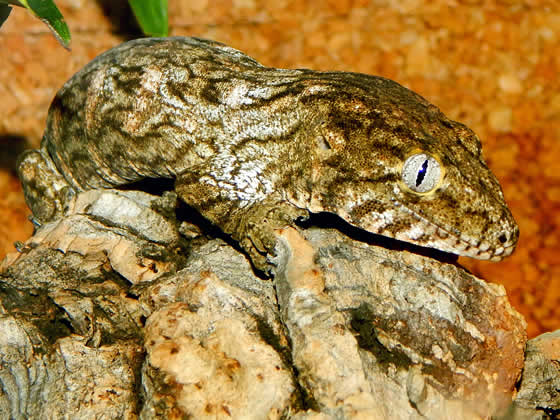
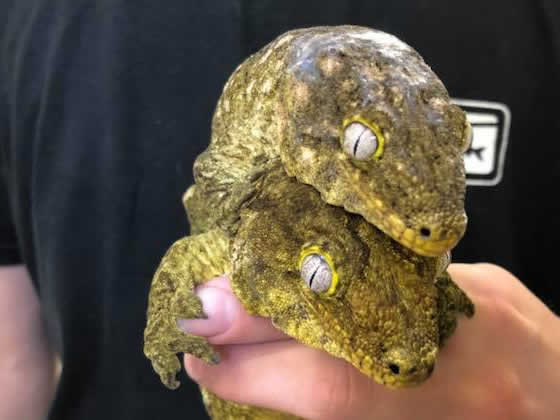
New Caledonian giant geckos will be in partial shade but naturally, UVB is still available throughout most of the day. UVB lighting used to be considered an optional extra but we now know a lot more about the species and their natural habitat and understand that it should always be provided.
The terrarium has a mesh lid which will reduce the strength of UVB being put into the enclosure so we would recommend a wide covering of 5% UVB or a smaller covering of 6-7% UVB. Terrarium canopies are currently available in 2 forms, compact top canopies or T5 canopies. Compact top canopies typically hold E27 screw fit lamps and can be matched with compact UVB lamps or low wattage basking lamps. T5 canopies are a newer solution and will normally hold a single T5 UVB tube.
The effectiveness of the lamp can vary by manufacturer but in general compact lamps have a range of around 9-12 inches and must be replaced on average every 6 months or so. T5 UVB tubes have a range of around 24 inches and must be replaced once per year.
Whichever lamp you choose we would advise mounting it above the terrarium towards the front or back of the enclosure. This should provide a nice UV gradient from the back of the enclosure towards the front. In this configuration we achieve a temperature gradient along the length and a UV gradient along the width meaning that whatever the gecko’s requirements they can find the perfect position within the enclosure.
New Caledonian giant geckos thrive in a humid environment with plenty of vertical routes and different textures. When decorating the enclosure we would normally begin with a bedding of bark chips or soil and moss mix if you plan to keep artificial plants. If you plan to keep live plants there should be a drainage layer, dividing mesh or fleece, then a nutrient rich soil. To make a live planted enclosure bio-active different cleaning insects can be added to the soil. We find that springtails are the best for this kind of enclosure.
Once the substrate is in place, the heavier branches and vines can be added. The aim is to provide a sturdy vertical structure with multiple routes from one side of the enclosure to the other and from the bottom of the enclosure from the top. When selecting branches, try to ensure that at least 1/3 of them are covered in bark or another absorbent material. This will result in interesting texture changes between branches and will also help maintain high humidity throughout the day.
Once the main structure is in place, some thought should be put into water catching decorations. In the wild New Caledonian giant geckos will drink from droplets caught on leaves or rain caught in the knots of wood and in naturally occurring hollows. We have found that the best artificial decorations for this are thick trailing plants or resin ornaments. When using live jungle plants we have found that vines such as devils ivy, Philodendron scandens or Ficus benjami are best.
Though the gecko will mostly be drinking from decorations at the top of the enclosure it is still worth having a shallow water dish at floor level with a constant supply to ensure that there is always a source of hydration within the enclosure.
New Caledonian giant geckos are omnivorous meaning that they will eat a varied diet of vegetation, live insects and fruit.
For the live insect portion of this diet we would recommend brown crickets. They are very nutritious, fairly easy for the gecko to hunt, widely available and great value for money. If your gecko will not take them, black crickets and locust are also a brilliant alternative. Every now and again you might want to provide your gecko a treat, for this purpose you could feed: waxworms, calciworms or mealworms. The grubs and worms tend to be quite fatty so we normally offer these a maximum of once or twice a week. Mealworms can be difficult to digest so we would normally only provide these to mature geckos (18 months or older) and only once or twice a week.
For the fruit and vegetable portion of the diet we recommend one of the powder mix diets by Repashy, Exo Terra or ZooMed. There are a range of diets suitable for this species including the gargoyle gecko diet, crested gecko classic, grubs n fruit and mango diet (among others). These can be fed 3-4 times per week alongside the livefood.
As a back-up we always include a small water bowl in the enclosure. You might never see the gecko drink from it but it should be refilled daily.
New Caledonian giant geckos will get most of what they need from their diet but there are some vitamins and minerals that they require in higher concentrations. These are normally provided in the form of calcium and vitamin powders which are dusted onto the live food.
There are many brands and types of supplement but normally they come down to a pure calcium, calcium and vitamin or vitamin only supplement. Within these groups they will also either include or exclude synthetic vitamin D3. Vitamin D3 is produced by the reptile when it is exposed to UVB and among other functions it allows the gecko to use the calcium in their diet. If you are sure that the UVB levels in your enclosure are perfect you can use a supplement without D3, if you are not sure it would be best to use a supplement with some D3.
In our store we currently use a simple calcium powder with D3 and a balanced multi-vitamin with D3 called nutrobal. For most of the animals we alternate these daily so that they get their vitamins every other day while getting calcium every day.
If you keep a male and female together, they may breed. You do not need to do anything to encourage this. As long as they are healthy and the conditions are good, it will happen naturally. You need to consider whether you want this to happen before introducing the pair. What will you do with the babies if you incubate the eggs?
A gravid female should have access to a nesting box to lay her eggs. The box should be large enough that she can fully turn-around inside it. Inside the nesting box we use a soil mix that is kept humid enough to hold its shape but not so wet that it will saturate any eggs. We have found that ProRep spider life is perfect for this.
Once laid, the eggs should be incubated in an incubator at 84oF. We incubate our eggs in sealed boxes on a moisture rich substrate (such as Hatchrite) to trap the humidity around the eggs. After approximately 60 days the eggs will start to hatch, the first babies to emerge will encourage the rest of the eggs to hatch.
New Caledonian giant geckos, as with most pets, require a clean environment to thrive. We recommend a spot clean as often as possible (every day) and a full clean every 4 weeks or so. If you are keeping the gecko in a bio-active enclosure you can spot clean and monitor the enclosure. It may still be a good item to change out the bedding a few times per year.
When cleaning the enclosure you should remove your animal, all decorations and all of the bedding. Once the enclosure is clear you can spray it all over with a reptile friendly disinfectant. These usually work very quickly and only need to be left for around 30 seconds, instructions can normally be found on the disinfectants packaging. Once the disinfectant has done its work it can be wiped away from the surfaces with a paper towel. In some cases you might want to repeat this process a second time to ensure that the enclosure is thoroughly cleaned.
Your decorations can be cleaned in a similar method, simply spray them down with the disinfectant and rinse thoroughly with water before drying them off and putting them back into the enclosure.
Sign up to the Reptile Centre newsletter so you don't miss out on all the latest offers and guides to give your pet the best they deserve


